

O Índio - Ontem, Hoje e Amanhã(1990)
The surviving 14 minutes of the original documentary about the Villas Boas expedition to the Amazonian tribes in Brazil.
Movie: O Índio - Ontem, Hoje e Amanhã
Top 2 Billed Cast
himself
himself
Video Trailer O Índio - Ontem, Hoje e Amanhã
Similar Movies
 0.0
0.0Yamamoto Senji's Farewell Ceremony(ja)
Yamamoto Senji fought against the Peace Preservation Law in the Diet. On March 5, 1929 he was assassinated by the right wing. A farewell ceremony was held near the University of Tokyo. Prokino's Tokyo Branch shot the procession.
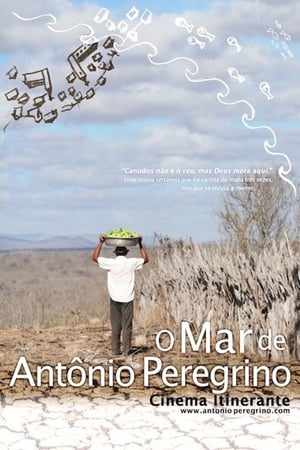 0.0
0.0The Sea of Pilgrim Antonio(pt)
"O Mar de Antônio Peregrino" tells the fascinating story of the pilgrim Antonio Conselheiro and the village of Canudos. In a region feared by its long droughts, thousands of outcast peasants and Indians came together to build a country utopia. The city has been wiped off the map three times but refuses to die. The film is a journey in search of the people and dreams of Canudos. Guided by Antônio Conselheiro's famous phrase “The drought will turn into the sea, and the sea will turn into the drought”, the film goes through the drought and the flood to meet a warm and strong people who never surrendered, cherished with the music of hope and missing.
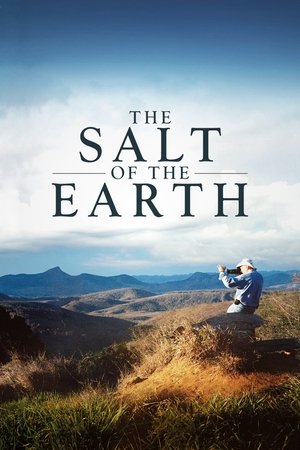 8.1
8.1The Salt of the Earth(fr)
During the last forty years, the photographer Sebastião Salgado has been travelling through the continents, in the footsteps of an ever-changing humanity. He has witnessed the major events of our recent history: international conflicts, starvations and exodus… He is now embarking on the discovery of pristine territories, of the wild fauna and flora, of grandiose landscapes: a huge photographic project which is a tribute to the planet's beauty. Salgado's life and work are revealed to us by his son, Juliano, who went with him during his last journeys, and by Wim Wenders, a photographer himself.
 6.0
6.0Chacrinha: Eu Vim para Confundir e Não para Explicar(pt)
Chacrinha's legacy on TV and excerpts from his personal life are revealed through testimonials and archive images, which tell the story behind the cameras, the behind the scenes that consolidated a new way of communicating Brazil and the facets of a man who is one of the most interesting contemporary characters on the national cultural scene.
Brazillians Like Me(fr)
The encounter with a growing, and mostly undocumented, brazilian community allows us to bear witness to its energy, its vivacity, and its diversity. This film attempts to work for a larger acceptance of foreigners in their land of exile.
 7.2
7.2Maria Bethânia: Música é Perfume(pt)
Brazilian singer Maria Bethania has a 40-year singing career. A documentary shows her concerts and famous family.
 5.5
5.5The Morning Sun Shines(ja)
The Morning Sun Shines is a fiction-documentary film by Kenji Mizoguchi and Seiichi Ina. The film is a combination of a drama about a reporter, and documentary footage about newspaper production. Only 25 minutes of footage has survived.
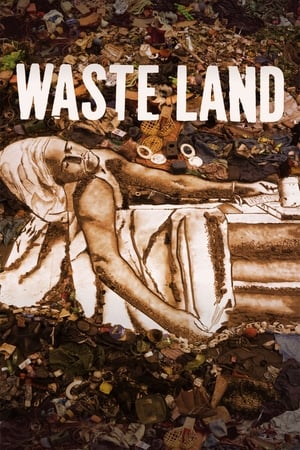 7.6
7.6Waste Land(en)
An uplifting feature documentary highlighting the transformative power of art and the beauty of the human spirit. Top-selling contemporary artist Vik Muniz takes us on an emotional journey from Jardim Gramacho, the world's largest landfill on the outskirts of Rio de Janeiro, to the heights of international art stardom. Vik collaborates with the brilliant catadores, pickers of recyclable materials, true Shakespearean characters who live and work in the garbage quoting Machiavelli and showing us how to recycle ourselves.
 7.0
7.0Data Limite segundo Chico Xavier(pt)
UFO experts claim that after the explosion of the bombs on Hiroshima and Nagasaki, there was an increase in the number of sightings of UFO'S (Unidentified Flying Objects) worldwide. Just over two decades later, the Brazilian medium Chico Xavier confided to close friends that when man reached the moon on July 20, 1969, happened a meeting with the celestial beings of our solar system to check the progress of humanity. They decided to grant a period of 50 years for humanity to evolve morally and live in peace, without provoking a third world war. If we live in peace until the Deadline, humanity would be ready to enter a new era of its existence, and magnificent feats would be checked everywhere, including our brothers from other planets would be expressly authorized to present themselves publicly and officially to Earth's residents.
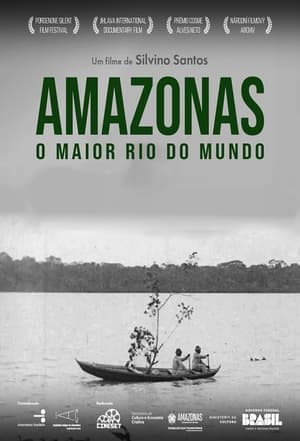 0.0
0.0Amazon: Longest River in the World(pt)
Documentary by Portuguese Silvino Santos, about the Amazon, its flora, fauna, its inhabitants and among other wonderful images from the beginning of the 20th century with alternating close-up shots of caimans, jaguars and tropical flora with footage of Indigenous rituals--including some of the earliest known moving images of the Indigenous Witoto people--and longer sequences showcasing the region’s extractive industries: rubber, the Brazil nut, timber, fishing, even the egret feathers that were a staple of women’s fashion at the time.
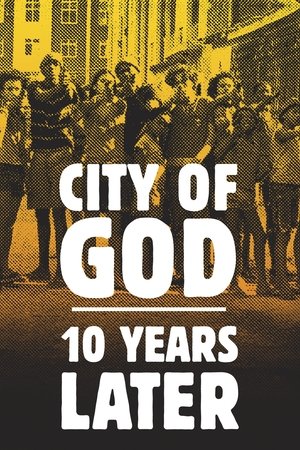 6.8
6.8City of God: 10 Years Later(pt)
City of God – 10 Years Later investigates what happened to the actors who took part in the award-winning film directed by Fernando Meirelles and Katia Lund. This documentary shows what City of God’s worldwide success meant to their lives. Were the actors prepared for the film’s success? Did the social background of some of them prove stronger than the opportunity that came their way?
 8.1
8.1Isle of Flowers(pt)
A tomato is planted, harvested and sold at a supermarket, but it rots and ends up in the trash. But it doesn’t end there: Isle of Flowers follows it up until its real end, among animals, trash, women and children. And then the difference between tomatoes, pigs and human beings becomes clear.
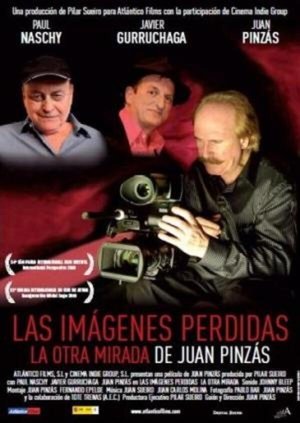 4.0
4.0Lost Images: The Other Eye of Juan Pinzás(es)
The filmmaker Juan Pinzás goes on a physical and also inner journey, in search of some lost images that he filmed in the 80s. The journey takes him from Madrid to Galicia and on the search for these images he meets with various characters who will help him in his undertaking, such as the actors Paul Naschy and Javier Gurruchaga whose personal worlds will be examined in the film. Finally in Vigo, his home city, of which he presents a remarkable portrait, he finds an old film in Super-8mm with the missing images. The catharsis is produced with the viewing of the old film which turns out to be a tribute to cinema and this means the end of the filmmaker's introspective journey.
 7.8
7.8Cássia(pt)
Cássia Eller Rejane. Cássia Eller. Cássia. A powerful restless force on stage, shined herself out of it. One of the greats of Brazilian music, Cássia Eller marked the 1990s and shocked the country with her early death in 2001. A film about the singer, the mother, the woman who exposed her personal life and broke barriers, leaving a beautiful social and artistic legacy.
 7.6
7.6Queen: Rock the World(en)
In 1977, BBC music presenter Bob Harris was given exclusive and extensive access to the Queen. Conducting insightful interviews with all four band members as well as filming them at work in the studio as they were planning and rehearsing their forthcoming North American Tour, and then following them as they performed across the US, Bob captured a band attempting to replicate their huge domestic success on the global stage. To mark the 40th anniversary of the release of the News of the World album, the footage has now been carefully restored and revisited to compile this hour-long portrait of a group setting out to take the next step on their remarkable journey to becoming one of the biggest bands on the planet.
 5.4
5.4Dancing with the Devil(en)
Rio de Janeiro. September, 2008. Three men stalk the gloomy back-alleys of the city's notorious slums. Spiderman, a 28-year-old drug lord, embarks on a routine patrol through the shadowy streets of Coréia, the sprawling slum he controls. Inspector Leonardo Torres, a muscle-bound operative from Rio's drug squad, inches through the alleys of another shantytown, shots ringing out around him. And Pastor Dione, an evangelical preacher intent on ending Rio's drug conflict, trawls the slums for lost souls. With unprecedented access to some of Rio's most wanted men, Dancing with the Devil in the City of God tells the story of Rio's drug war through the eyes of three men locked into one of the bloodiest urban conflicts on earth. Written by Jon Blair and Tom Phillips
Ebony Goddess: Queen of Ilê Aiyê(en)
Ebony Goddess: Queen of Ilê Aiyê follows three women competing to be the carnival queen of Ilê Aiyê, a prominent and controversial Afro-Brazilian group with an all-black membership. The selection is based on Afro-centric notions of beauty, in counterpoint to prevailing standards of beauty in Brazil, a country famous for slim supermodels and plastic surgery. Contestants for the title of Ebony Goddess dress in flowing African-style garments, gracefully performing traditional Afro-Brazilian dances to songs praising the beauty of black women.
 7.0
7.0Hilda Hilst Pede Contato(pt)
Documentary about the poet, writer and playwright Hilda Hilst, considered by critics as one of the most important voices of the Portuguese language of the twentieth century. Through the use of personal sound and image files, interviews, meetings and fictional interventions, we will seek the memory and the presence of Hilda Hilst in her daily life at Casa do Sol, the farm where she lived in Campinas.
 6.0
6.0Crônica da Demolição(pt)
At the heart of Rio de Janeiro's downtown, an empty square with a dry fountain and an underground parking. There was located the Monroe Palace, that once housed the Senate, and was mysteriously demolished forty years ago. A history of sabers and lions, military and architects, past and future.
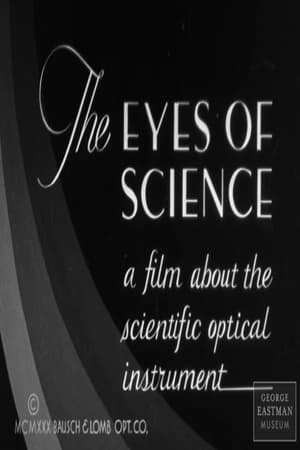 0.0
0.0The Eyes of Science(en)
The optical company Bausch & Lomb of Rochester, New York, contracted Watson and Webber to create this corporate industrial film to showcase the company’s extensive catalog of lenses and other optical instruments, displaying their practical applications in industry and everyday life. The Eyes of Science easily straddles the fields of avant-garde and industrial filmmaking, making both a fascinating object of form and style, as well as a highly educational, entertaining, and informative piece of film and industrial history. Originally 45 minutes.
